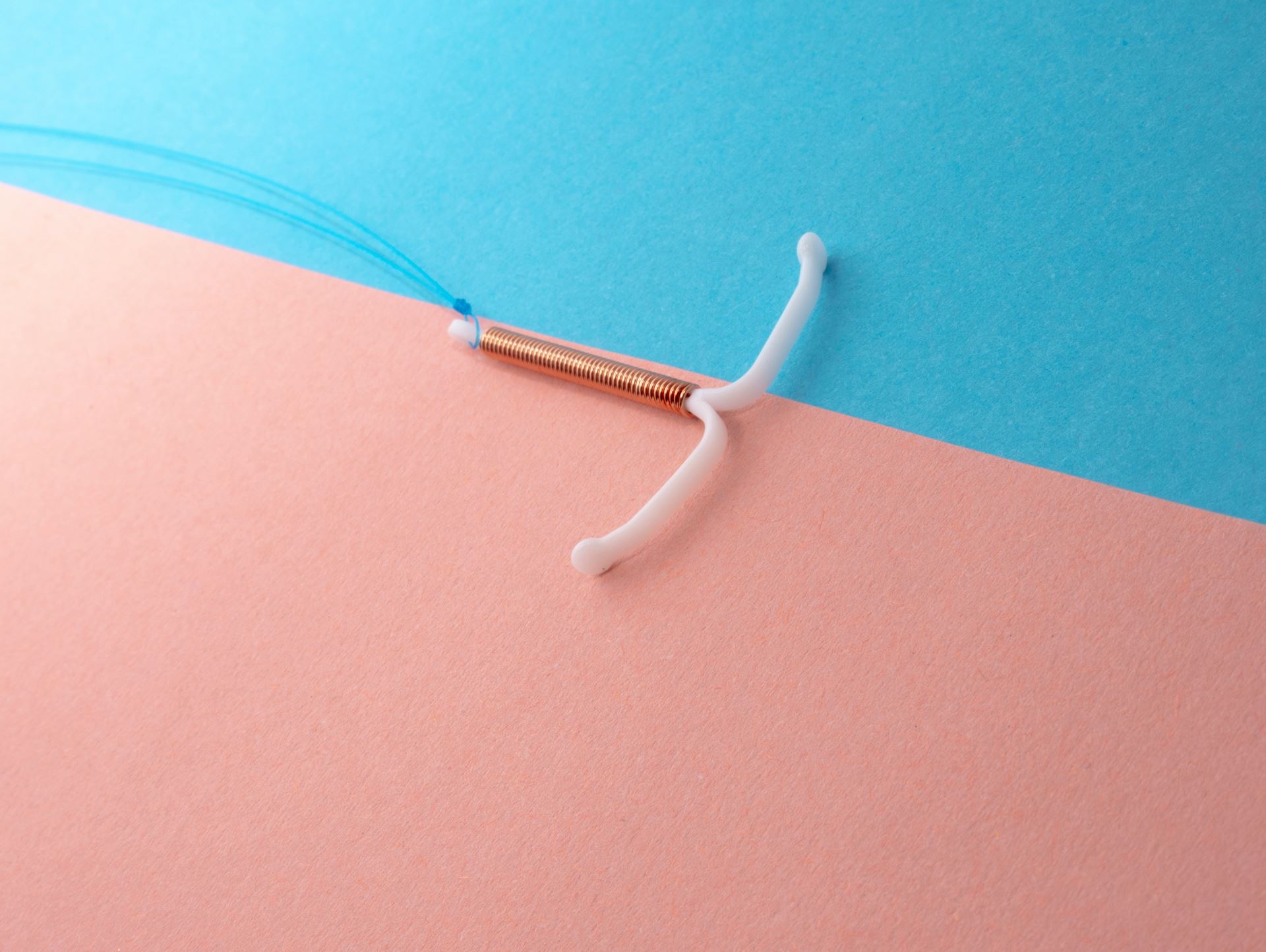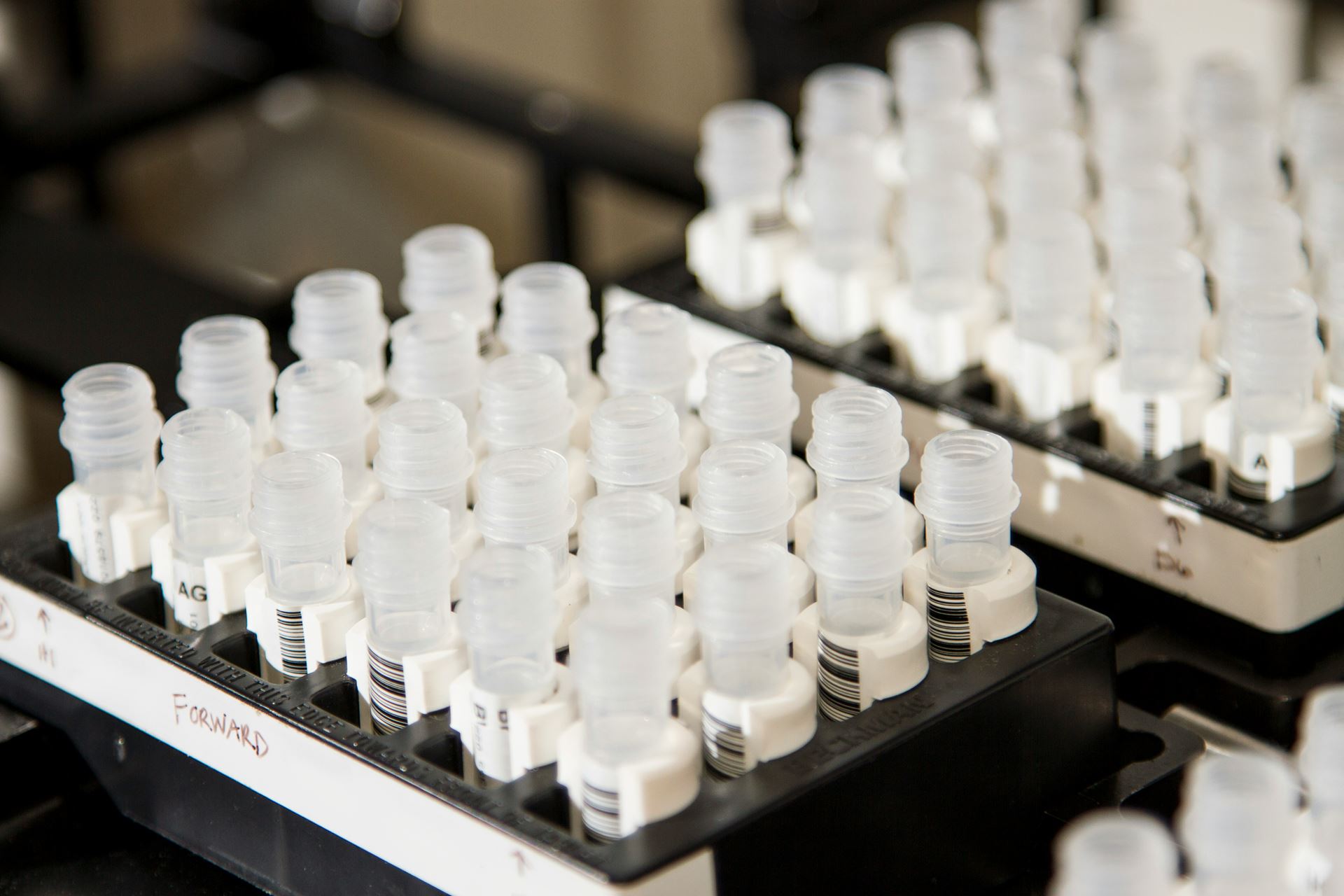There are many different forms of contraception men and women can use, the most common being the pill, IUDs and condoms. What you choose to use will depend on what works best for you and what is suitable based on your medical history/conditions.
The pill can refer to the mini-pill, the combined pill or the emergency morning after pill.
Condoms usually refer to external condoms that are worn on the penis. However, there are also internal condoms that can be inserted into the vagina or anus.
IUDs (intrauterine devices), also known as copper coils, are small, T-shaped devices that are inserted into the womb by a nurse or doctor. They do not use hormones, instead preventing pregnancy by releasing copper. They last between 5 and 10 years.
An IUS (intrauterine system) is similar to an IUD but releases the hormone progestogen to prevent pregnancy. They can also be used as HRT therapy during menopause. They last 3 to 8 years.
The contraceptive implant is a small plastic device, about 4cm long, that a doctor or nurse insert under the skin of your arm. It releases progestogen and works for 3 years before needing to be replaced. There is also an injection that lasts 8 to 13 weeks.
The contraceptive patch is a 5cm by 5cm patch that you wear on your skin. It releases oestrogen and progestogen into the blood to prevent pregnancy. You wear the patch for 7 days then replace it with a new one.
A vaginal ring is a soft plastic ring about 5cm across that you put inside your vagina. It releases oestrogen and progestogen. You can insert in and leave it there for 3 weeks.
Diaphragms and caps are types of contraception that you place inside your vagina. You must use a spermicide with them (a gel, foam or cream that kills sperm cells).
Sterilisation is also a more permanent option. Female sterilisation (tube ligation) is a procedure that involves blocking or cutting the fallopian tubes. It does not affect your hormones and you will still get periods. It is reversible, but the procedure to do so is generally not available on the NHS. Male sterilisation (vasectomy) is a procedure where the tube that carries sperm is blocked, cut or sealed and stops sperm being ejaculated. It may be possible to reverse a vasectomy, but it is not always successful and is usually not available on the NHS.
















